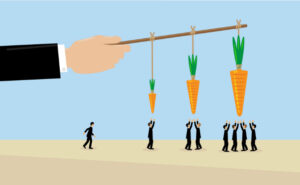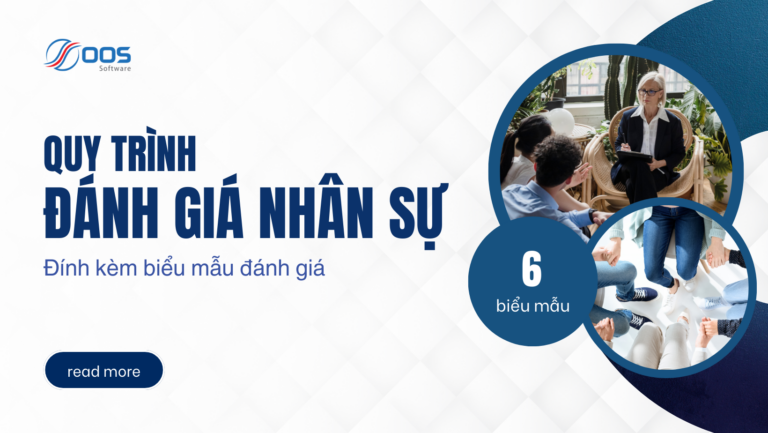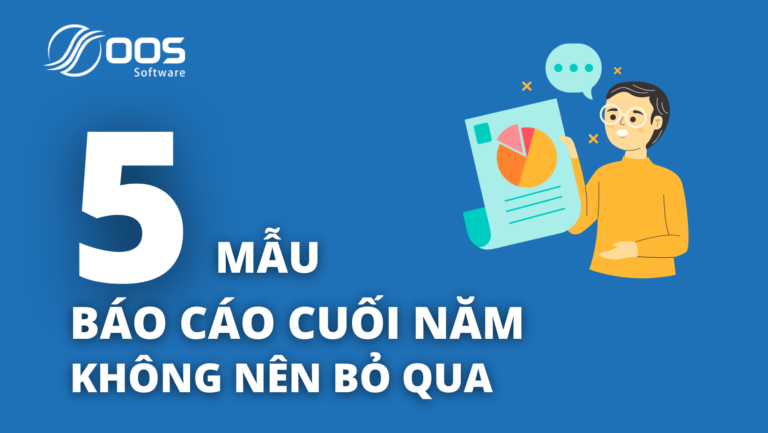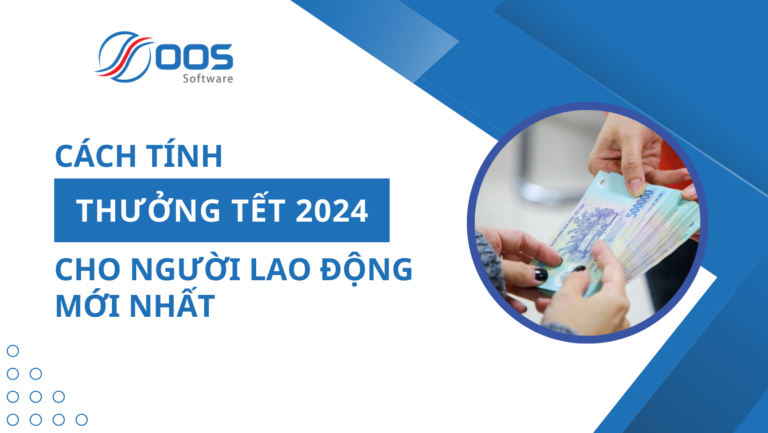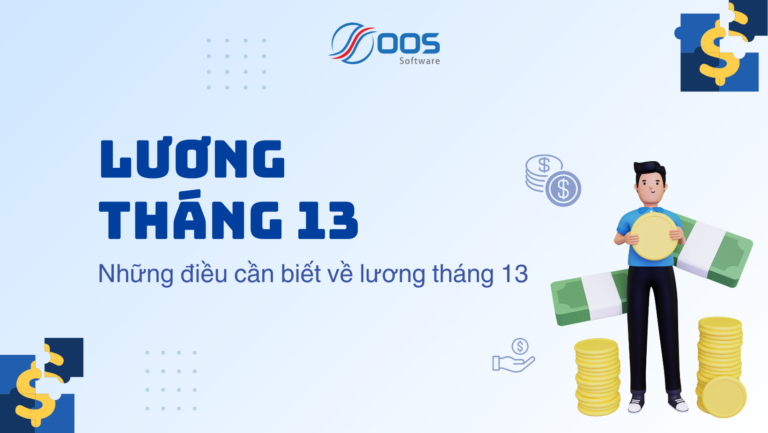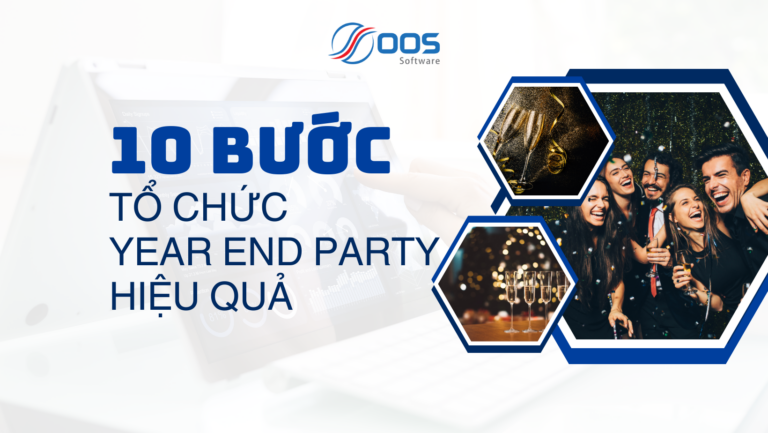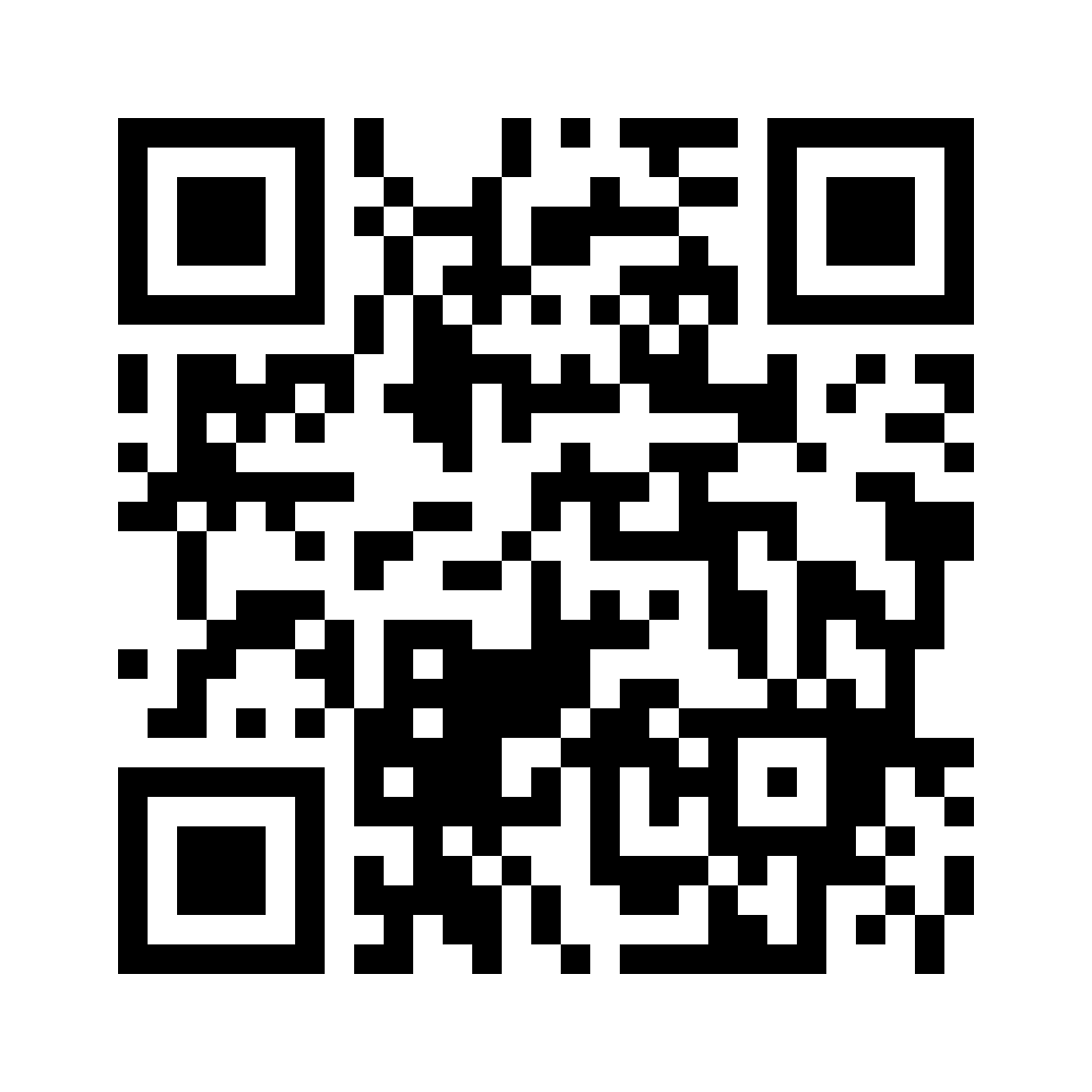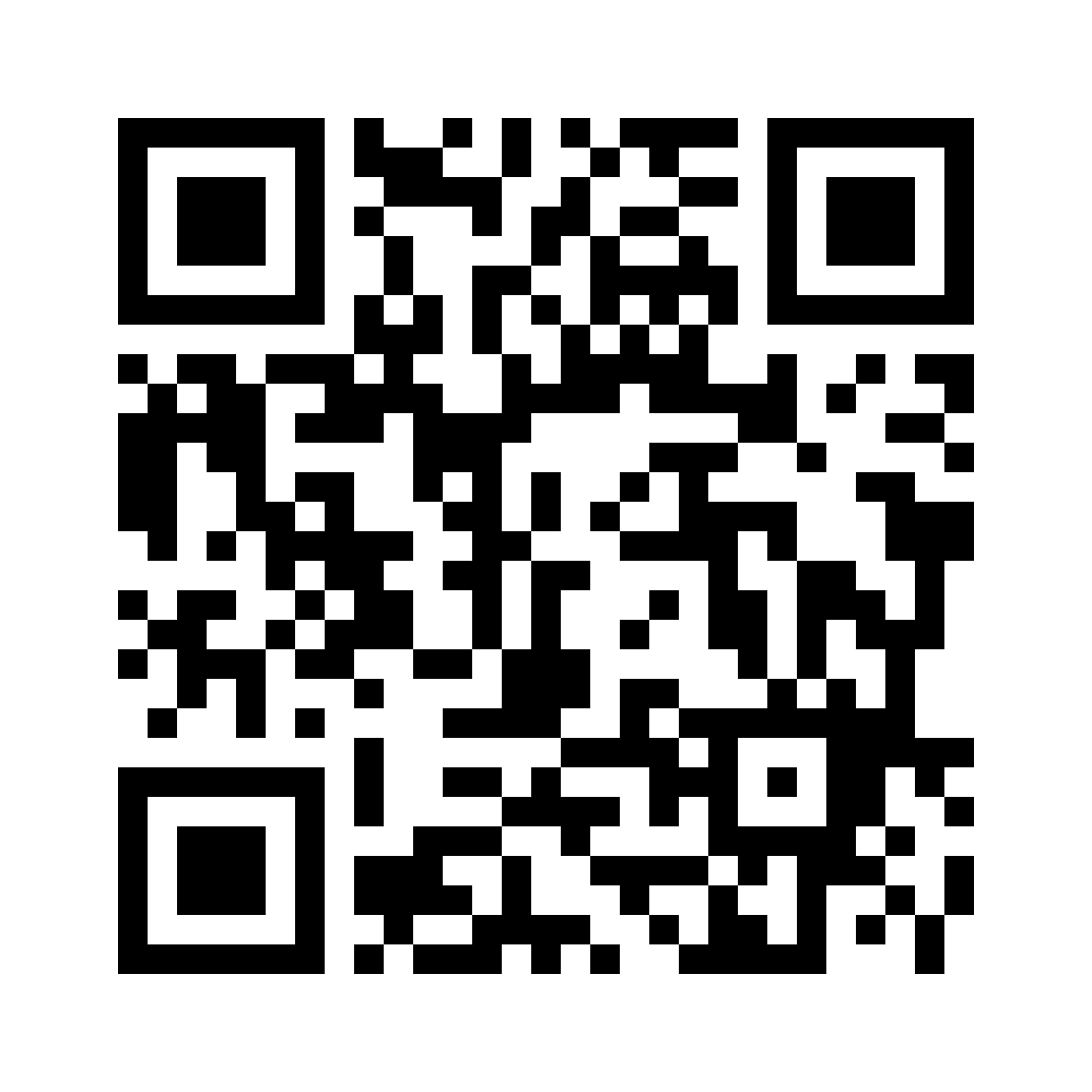In response to the above question, Director of the Affective Brain Lab Research Institute, Associate Professor of Cognitive Neuroscience Tali Sharot of the University of London has the following article, published in the Harvard Business Review.
It can be said that the "carrot and stick" theory has been popularized and applied in almost every business around the world. However, choosing between a stick or a carrot and how to use them to motivate employees is not well understood.
In the eighteenth century, philosopher, social reformer, and father of utilitarianism Jeremy Bentham once wrote: “Pain and pleasure govern everything we do, say and say. everything we think."
Today, with the development of research technology, Bentham's point of view is reinforced by modern neuroscientists. In which, the discovery of the limbic system and its function is a clear demonstration. As neurologists have observed, the limbic system supports many brain functions, including emotional expression and motivation. As a result, it affects every aspect of our lives, from our ability to learn, to the people we make friends, to our own decisions.
Therefore, when we want to motivate and put pressure on others, we can completely take advantage of the mechanism of the limbic system, which simply manifests as the "carrot and stick" theory. More specifically, when we want to motivate others, we must make them see the "carrot", or the accompanying happiness, through the promise of rewards. For example, bonuses, promotions, compliments, public recognition, etc. And, when we want to put pressure on others, we must show them the "stick", which means the pain will take. receive, through warning or punishment. For example, salary reduction, dismissal, criticism, collective reprimand, etc.
However, the question is which form should we use, stick or carrot, for optimal results, and more importantly, how to use them?
A study conducted at a hospital in New York may provide some answers to this question. It is known that the research goal is to increase the number of hand washing times of medical staff. The reason is that disinfection in hospital environments is essential to preventing the spread of disease. As a result, healthcare workers are constantly reminded of the importance of hand washing, and signs warning about the harms of a pair of "unclean" hands are regularly placed next to the hand sanitizer dispenser. coincide.
However, the results obtained from surveillance cameras in all hand washing basins and automatic hand sanitizers in the hospital's intensive care unit showed that only 10% medical staff were responsible for cleaning their hands. them before and after entering the patient's room. And, this still happened despite the fact that they knew they were being filmed.
Then, the team changed course: They placed an electronic board at the entrance of the ICU. Each time someone washes their hands, a compliment will appear on the electronic board (e.g. “Good job!”) and the hand hygiene score for the entire shift will then increase. Very quickly, the percentage of people who were willing to wash their hands increased significantly and reached 90% in less than 4 weeks. The same phenomenon was repeated in another department in the same hospital.
The beauty of the electronic board lies in the fact that, instead of creating a sense of threat with the message "the disease will spread", which is a common approach in hospitals, the research team chose a new method. more positive. Every time a doctor washes their hands, they get instant compliments. This positive feedback stimulates the brain's "reward" signal, which in turn reinforces the behavior that caused it and makes the behavior more likely to repeat in the future.
But why is this innocuous positive feedback so much more powerful than the risk of the disease spreading? It sounds strange, but this phenomenon completely corresponds to what we know about the human brain.
Neuroscientists have shown that when it comes to motivating someone to take action (for example, if you want an employee to work overtime or get high results), rewards are more effective than punishments. The reverse is also true, when you want to prevent someone from taking action (for example, prohibiting sharing of confidential information or using organizational documents for personal purposes), punishment is more effective. And, the reason behind this phenomenon is directly related to the character of the society in which we live.
In order to achieve something in life, whether it's a piece of cake, a lover, or a promotion, we are often inclined to act, to reach out, or to do something. there. So, over time, the human brain has adapted to its surroundings and understands that the best way to win a reward is to act. So, later on, when we expect something good, the brain will silently send out a "must act" signal.
On the other hand, when we want to avoid something bad, like poison, deep water, or untrustworthy people, the brain signals us to stay still or do nothing. Since then, the brain has adapted and understood that the best way to not get hurt is to avoid action. So, over time, when we feel something bad might happen, the brain sends out a "do not act" signal.
It is this mechanism that partly explains why the electronic board with compliments is so much more successful in motivating medics to perform the act of washing hands. Biologically speaking, we've been programmed to act more easily when there's a reward. Another experiment led by neuroscientist Marc Guitart-Masip produced similar results to what happened at a hospital in New York.
The research team made two requirements as follows: First, the volunteers had to press a button to receive 1 USD. Second, volunteers have to press a button to avoid losing 1 USD. Through the experiment, the team discovered that volunteers always pressed the button faster in the case of receiving 1 USD.
Then, the team came up with two new requirements: First, volunteers were not allowed to press some buttons to avoid losing $1. Second, the volunteers had to press some buttons to avoid losing 1 USD. The results showed that they performed better on request 1 than on request 2. In fact, on request 2, they even instinctively pressed the button a number of times.
Of course, we need more caution and closer observation if we want to apply the information found from the above studies to management practice. However, it can be seen that when you want to motivate employees, actions that bring about a positive feeling, such as naming the most productive person of the week on the company's website, will be more effective than threatening the employees. not as good as discipline or salary deduction.
Fear and stress can cause an individual to withdraw and give up, rather than taking action to improve the situation. Another experiment can also corroborate this statement. Accordingly, this experiment shows that rewarding people with a small amount of money for exercising and eating right has a more effective effect in changing unhealthy habits, than warning the condition. obesity or other related diseases.
There's also another reason why warnings often don't do much. A study has shown that the human brain encodes positive information better than negative information. In fact, people often think that bad information has nothing to do with them, but consider good information as relevant to them, thereby creating an optimistic perspective.
When we see someone make a bad decision, we automatically "fast forward" to the prospect of their failure, and then issue a warning about the damage we have imagined in our heads. However, the studies have suggested that we should give up the habit of making threats to motivate others to take action. Instead, evoke the rewards that come with goal achievement.
According to Saigon Entrepreneurs


